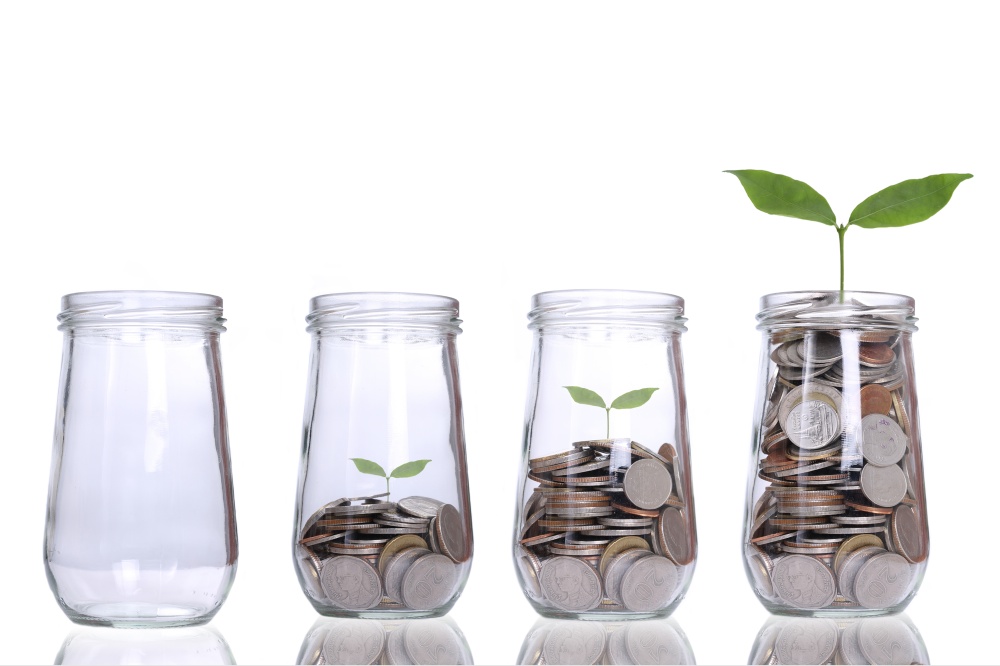One of the maddening realities of the current economic situation is the fact that a low-rate environment means that the money you keep in a savings account earns a yield at a very slow pace. For those of us who remember the days of 2005 and 2006 when you could earn 5% on your savings account, the current rates -- often below 1% for a “good” rate -- are depressing.
As you consider your options for yield, it makes sense to re-think the idea of keeping everything in a savings account, especially since your yield may not even keep up with inflation.
Deciding How Much to Keep in a Savings Account
Many consumers use savings accounts as emergency funds. Savings accounts are highly liquid, and that matters when you need cash fast. However, that doesn’t mean that you need to keep your entire emergency fund in a savings account.
Consider how much money you are likely to need access to quickly. I only keep about three weeks’ worth of expenses in the savings account portion of my emergency fund. I chose a high-yield savings account, and the money is quickly accessible. If I have a true emergency, I can access that money quickly.
At the same time, I didn’t want too much in the savings account; I figured my money could be working more effectively on my behalf. So the bulk of my emergency fund is actually in a taxable investment account. The returns are better, and since I invest in a low-cost all-market index fund, some of the risks are mitigated.
There is enough in my savings account to help me handle just about any minor emergency, and there is enough in there to help me get by until I can sell some shares and transfer the gains to my primary checking account.
This setup works well for me, allowing me to maintain adequate liquidity without completely sacrificing all hope of decent yield. Look at your own finances, and decide if a similar arrangement could work on your behalf.
If you are still wary of investments, you can put a portion of your emergency fund in a savings account, and then use a CD ladder for better yields on the rest of the money. You can keep two or three months of expenses in the savings account, and then set up a ladder in a way that a CD matures every two months. You can keep renewing the CD when you don’t need the money for an emergency, and take advantage of rising rates going forward.
You don’t have to keep all of your money in a low-yield savings account. There is a good chance that you can arrange matters to improve your yield over time, and still retain a level of security and liquidity.






















